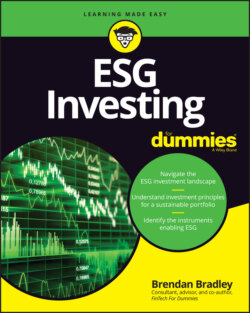Читать книгу ESG Investing For Dummies - Brendan Bradley - Страница 47
Data quality, ratings bias, and standardization
ОглавлениеESG ratings are still evolving. Keep in mind that they rely on limited and sometimes misleading disclosures by companies, which themselves are learning the ropes as to how they should report their ESG exposure. So, as with traditional securities analysis, the analysis of any data can be subjective because the selection and weighting of data points is qualitative. Historically, investors have questioned the inherent bias that has been displayed by ratings agencies or the recommendations of securities analysts, and ESG ratings will face similar scrutiny as they develop further. ESG data providers generally develop their own sourcing, research, and scoring methodologies.
Therefore, individual ESG ratings aren’t comparable across providers, due to a lack of standardization of the objective criteria required. As a result, the rating for a single company can vary widely across different providers. Moreover, there are differences in how providers obtain and purchase raw data that’s released by the company or publicly disclosed. Data providers also use statistical models to generate approximations for unreported data. These models are based on norms and tendencies from comparable companies and established benchmarks. As such, investors are integrating convictions from the data provider into their investment procedures.
To be fair to the data providers, some of the differences in methodology are also due to the different priorities of their customers — the asset managers and asset owners that subscribe to their services — who have different investment objectives. This exacerbates the difficulties in standardizing an approach.
